Slow charging can help extend the range and battery life of your EV. Here are some examples of where and why you should use slow charging. Find out how slow charging can be more efficient and also wear your battery less. A to Z of Slow Charging: Know how slow charging will benefit you with these expert tips on EV ownership. As our awareness grows, even those considering car ownership are choosing sustainable and energy-efficient options such as electric vehicles (EVs). Recent years have seen a surge in global EV sales, with the International Energy Agency reporting millions of sales in just a decade, underscoring the importance of readily available, convenient, and reliable charging infrastructure. Here, however, the growth offers its own challenge: to make sure that charging practices not only keep up with demand but also support battery life and a vehicle’s range. In this post, we explore the potential benefits of slow charging for electric vehicle owners, sustainability enthusiasts, and general technology enthusiasts.
Understanding charging speeds and their impact on battery life
The most common dilemma for owners of electric vehicles is deciding between slow, fast, and rapid charging. Both have their pros and cons. In most cases, slow charging will slowly add power at a rate of 3–7 kW; this can take many hours depending on the level of charge still remaining in an electric vehicle battery. On the other hand, fast charging operates at a power of 7–22 kW and requires significantly less time to charge. Fast chargers, the next fastest type, deliver power at rates higher than 22 kW and up to about 350 kW.
Charging an EV slowly or fast could have a bearing on the life and health of its battery. Quicker charging (fast and even worse, rapid) causes greater heat, which can hasten battery degradation. The Sustainable Energy Authority’s study “EV battery degradation with different charging powers” reveals that batteries charged slowly experience less wear and maintain their capacity for a longer period.
Slow charging benefits are explained.
Slow charging is not only a matter of slowing down but a way to preserve battery or battery efficiency. Slow charging is a less powerful power supply that keeps the battery healthy and prolongs its life. This is a convenient way to minimize the impact of thermal stress and chemical reactions that degrade battery elements. The efficient use of the slow tool prevents the occurrence of these and other negative processes. In addition, slow charging has a positive effect on the effective range of an electric vehicle. The analysis “Effect of Charging Speed on Electric Vehicle Range” calculates that daily use of slow charging increases the effective range. Slow charging is associated with a battery that maintains its own resistance to active substances, thereby ensuring a longer charge. As a result, the owner of an electric car enjoys fewer frequent stops and more long-term familiarization on a single charge.
Environmental Advantages of Slow Charging
As well as slowing the long-term decay of EV batteries, slow charging can also yield some eco-friendly benefits. This typically occurs during periods of lower electricity demand, such as at night. This off-peak discharging helps to relieve pressure on the power grid by balancing its energy usage more evenly, which could potentially reduce the consumption of fossil fuel-based power during peak periods.
Using renewable energy sources at such times can also help drive down the carbon footprint of electric vehicle use even further. Homeowners that have solar panels, for instance, can increase their use of renewable energy by scheduling the charging of their EVs at times when solar production is highest. Together, this helps not only in the context of reducing emissions and sustainable energy use but also more widespread adoption of electric vehicles as a cleaner option for transportation. Thus, the slow charging is a classic example where you kill two birds with one shot, bettering battery life and the environment too.
Real-World Evidence and Expert Opinions
In the real world, slow charging has proven to be effective, a fact that many high-profile EV brands such as Tesla or Nissan have discovered through their daily commutes. As an example, real-world usage data from Tesla (Nielsen Newswire) demonstrates that vehicles charged slowly actually exhibit long-term sustained battery performance over years of daily use. Nissan has made similar claims before, and its long-term performance evaluations support at least the idea that slow charging can be kind to batteries.
Renowned companies like Elon Musk are stressing the need for energy solutions to be sustainable. In one of his discussions about EV charging, Musk emphasizes the significance of slow charging as a metric to encourage eco-friendliness. Dr. John B. Goodenough, who has been involved in battery technology for a long time, supports this. He agrees that slow charging contributes to a longer battery lifespan and better efficiency in both Cobalt-free breakthroughs. Quick charging, we see here, boosts more energy transfer from damaged particle groupings at interfaces and gap spacing, where ions travel through mobile electrolyte matrix around periferral conduction weak spots that evolve 30 times faster than other evolution areas, according to recent research just published today.
Comparing charging speeds
Each alternative charging method has its pros and cons, from costs or efficiency to the environmental impact. While it might take longer, slow charging is ultimately much cheaper and more green-friendly. The Electric Vehicle Association’s comparative study demonstrates a lower carbon footprint and operational cost savings due to overall less energy usage.
While quick and fast charging may be convenient, it also requires more electricity, potentially increasing monthly utility bills. They also have a significant environmental impact, as they typically consume the majority of their energy during peak periods when non-renewable sources are used, leading to an increase in emissions. Therefore, incorporating slow charging into your process could be a sustainable cycle that benefits both you and the environment.
Practical Tips for Implementing Slow Charging
What are some practical takeaways for consumers interested in reaching the full benefit of slow charging? A beneficial way to start is by alerting the car to slow-charging times when people are typically asleep or at work and the vehicle won’t be in use. Although this could mean that slow charging is no longer as convenient, investing in a home EV charger can allow for at-home slow charging, which would give you the freedom to charge up however long your vehicle needs without relying on public stations.
Opt for smart charging technologies that charge automatically in the middle of the night or coordinate with renewable energy. These systems are often programmable to enable the setting of scheduled charges based on energy preferences or time-of-use electricity rates.
It also involves monitoring the condition of your vehicle’s battery. EVs with accompanying apps or built-in systems can provide you with visibility into the battery’s usage and the frequency of its cycle. These tools monitor battery life, enabling you to adjust your charging habits based on real-time analysis. Now, as the EV market progresses forward, it is essential that you stay adaptable and aware of advancements in charging technology to ensure that, over time, the slow charge pays off in dividends.
Practical Tips for Including Slow Charging
For EV owners looking to maximize the benefits of slow charging, consider these tips:
- Plan Your Charging Schedule: Charge your vehicle overnight or during off-peak hours when slow charging is most convenient and affordable.
- Monitor Battery Health: Use your EV’s app or interface to track battery health indicators and adjust charging practices as needed.
- Mix Charging Methods: While slow charging has its benefits, don’t hesitate to use fast or rapid charging when necessary for longer trips or tight schedules. Balance is key!
By following these strategies, you can integrate slow charging into your lifestyle effectively, ensuring optimal battery health and range.
The Role of Slow Charging in a Sustainable Future
In reality, slow charging is not an alternative but the first step toward sustainable energy practices. As more people prioritize this approach, it will unite a broader base in reducing one of transportation’s largest carbon footprints. Slow charging will be essential for the future of electric vehicles to strike a balance between convenience and choosing an environmentally conscious option.
Electric vehicle technology is evolving, and as it does, the importance of smart charging solutions will increase. Aficionados of slow charging can rejoice in the knowledge that they are getting better car performance and longevity out of cleaner batteries, thus promoting a most welcome green-automotive future.
Share Your Charging Experience
We invite you to join the conversation on sustainable charging practices. Share your experiences and tips with us and fellow EV enthusiasts in the comments below. Let’s drive change toward a sustainable future together!

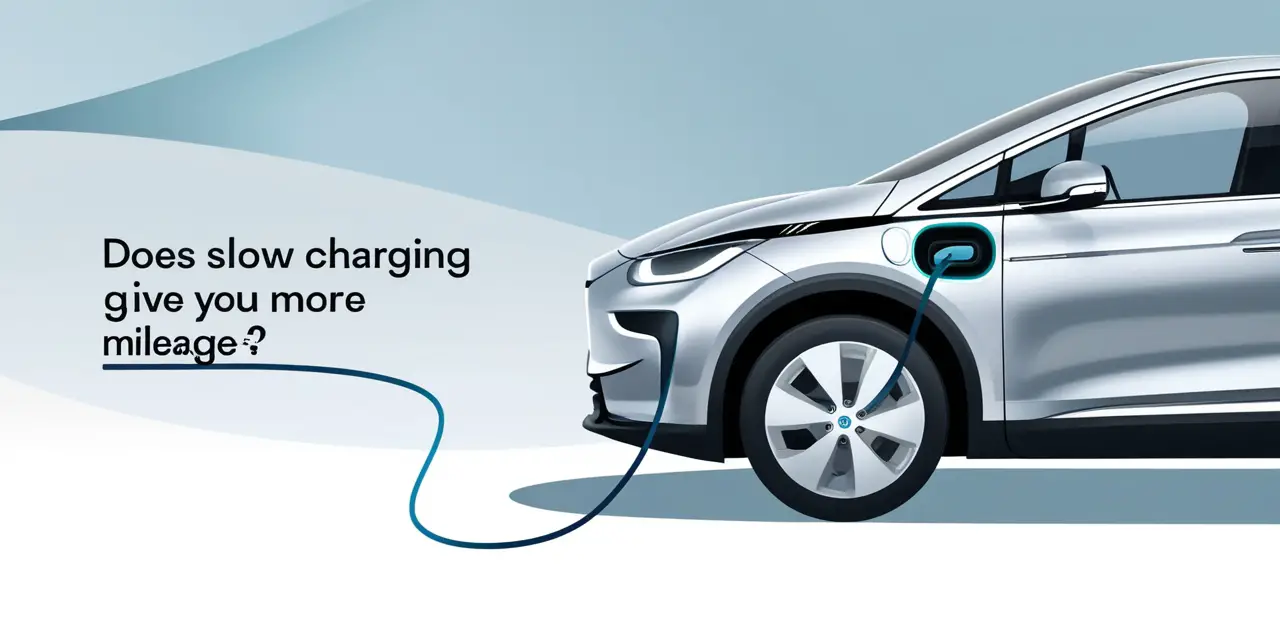

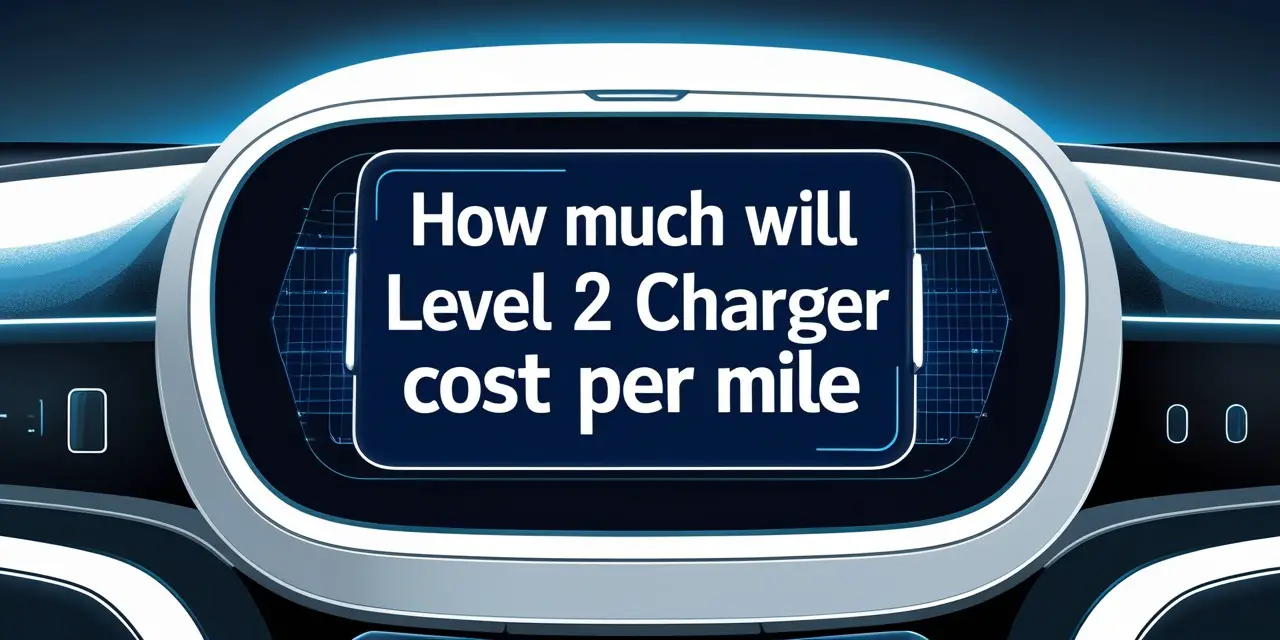
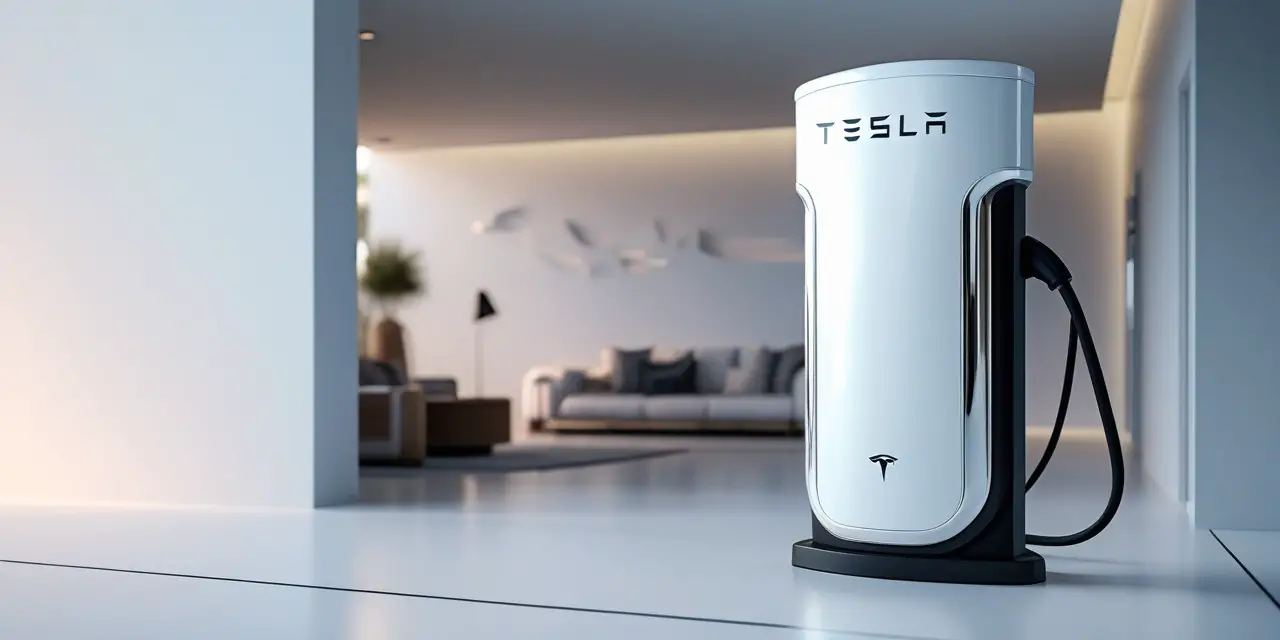
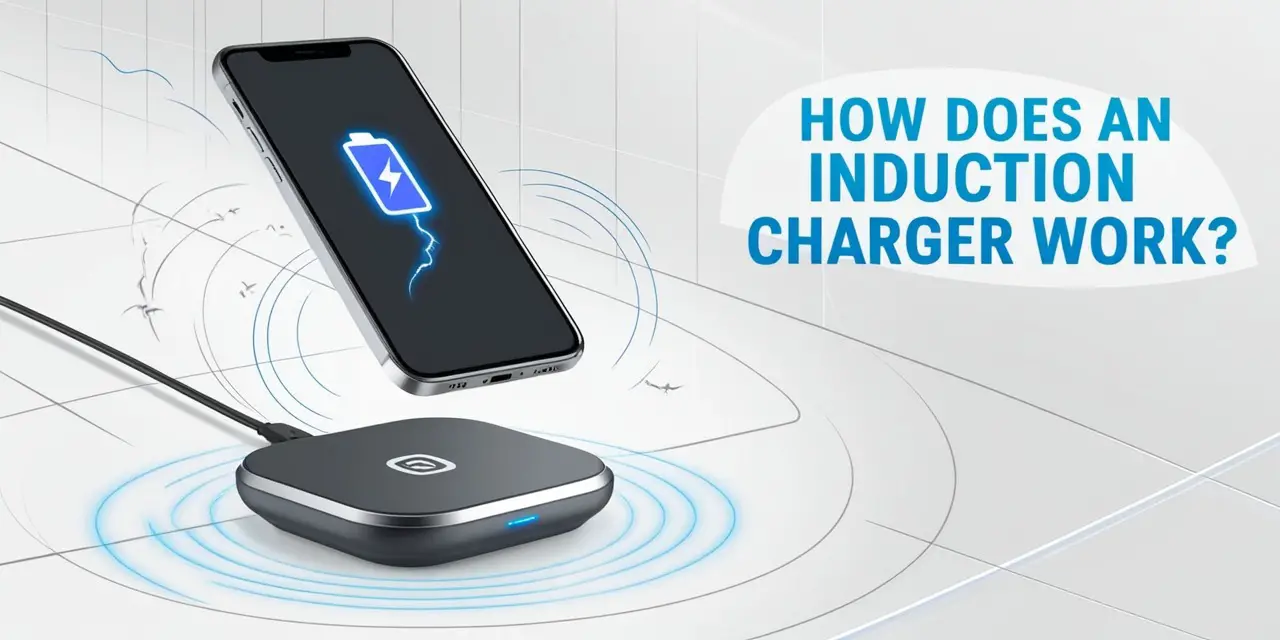
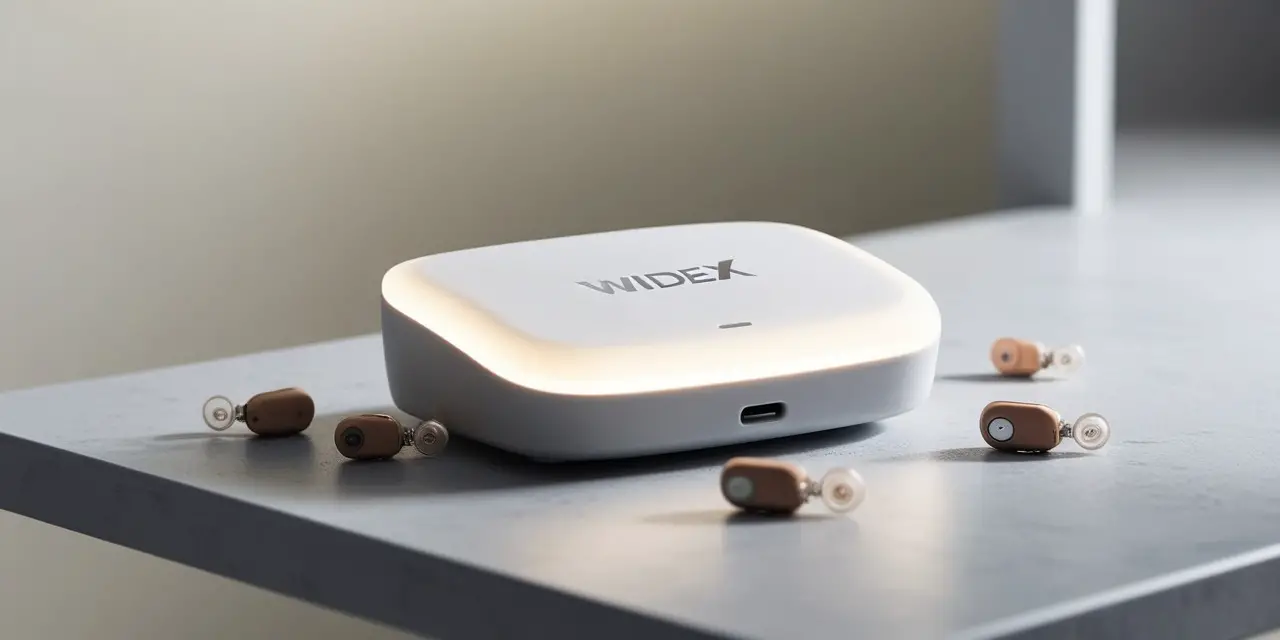
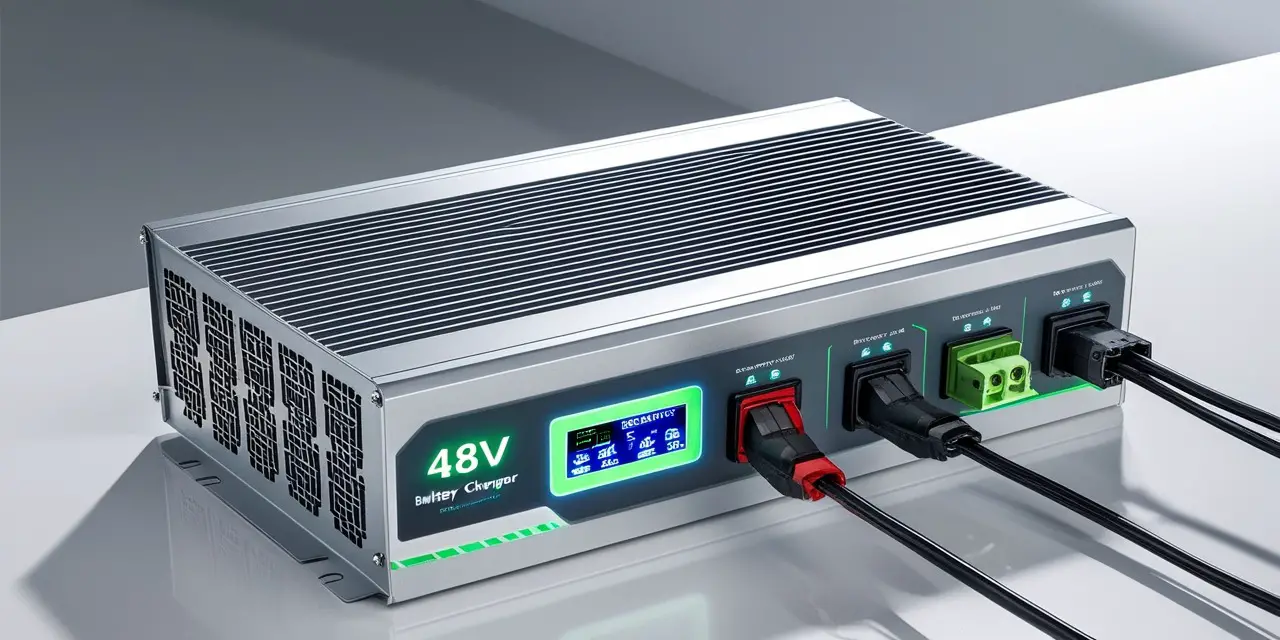
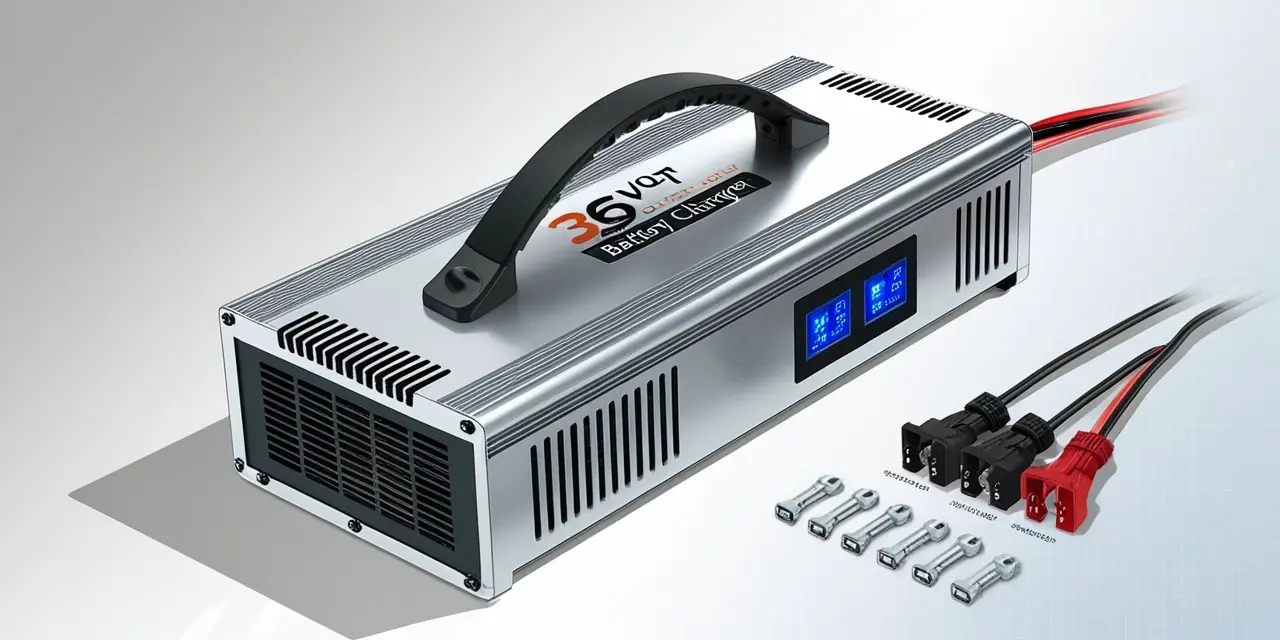
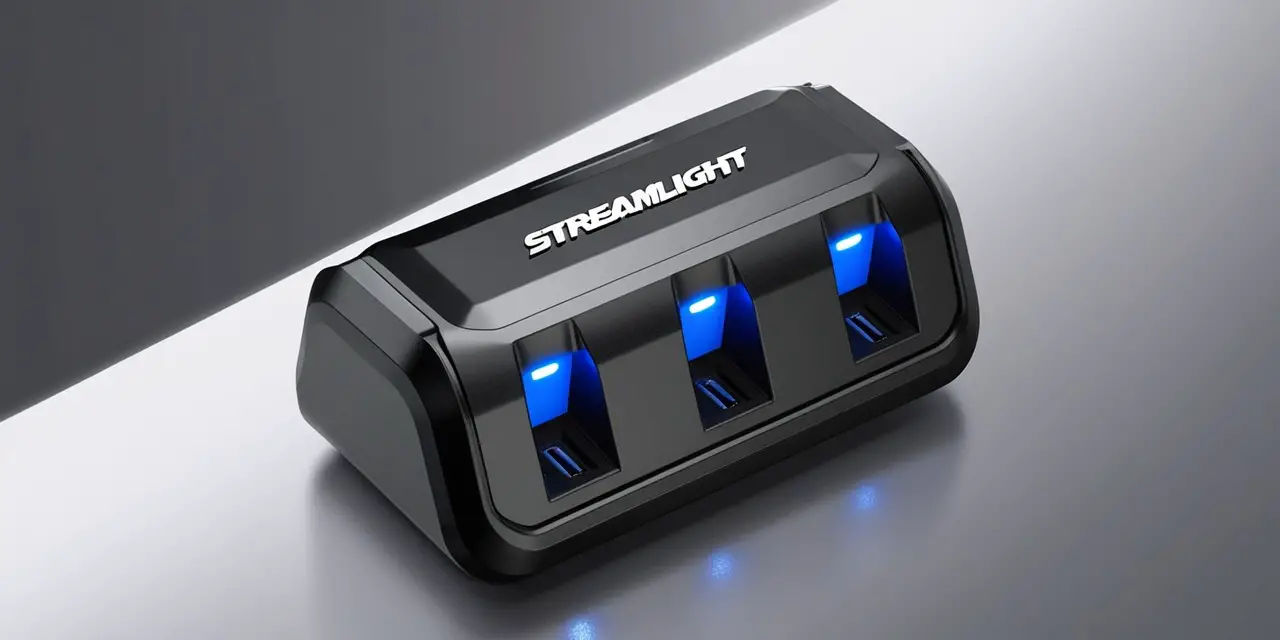
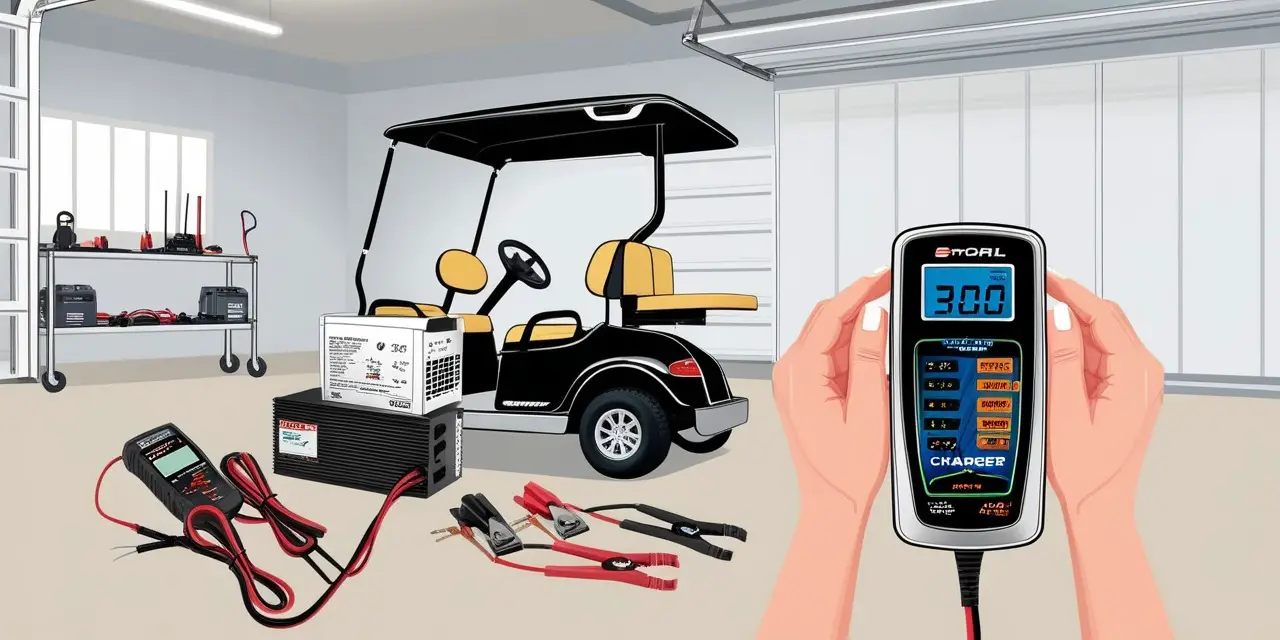
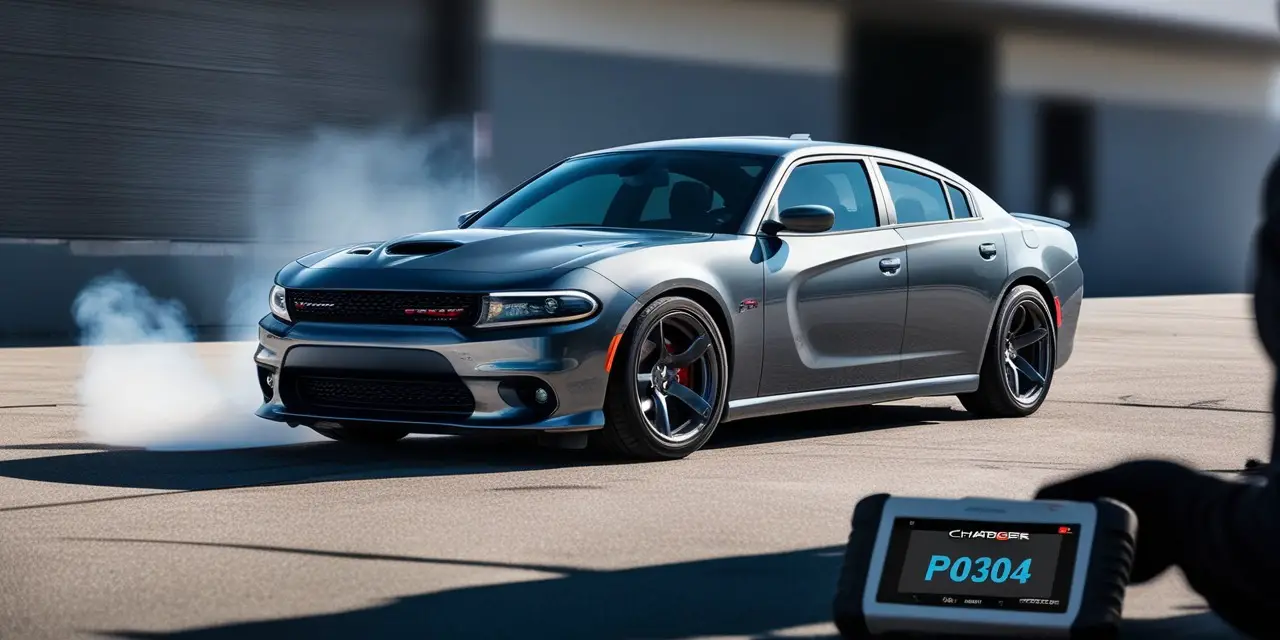
Leave a Reply